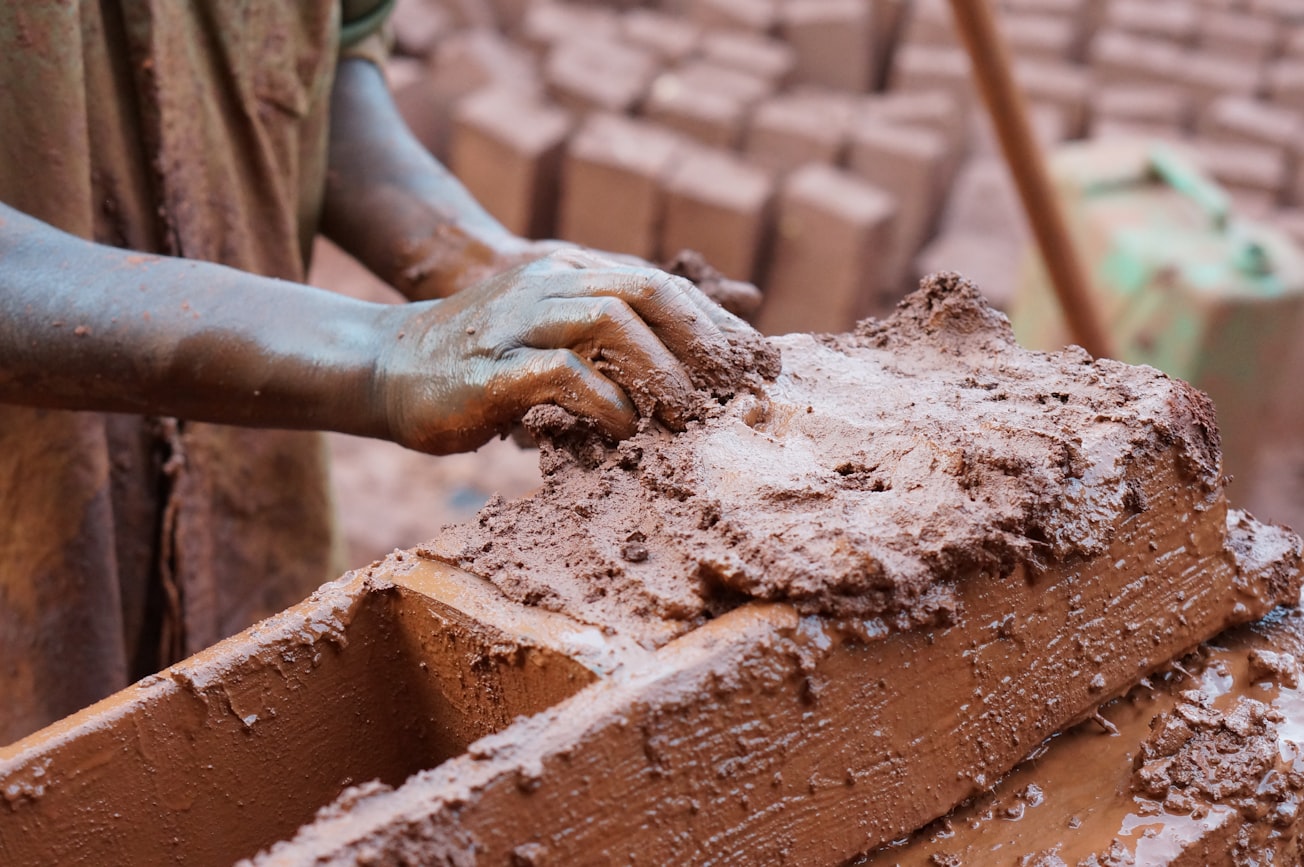What is it about?
This article focuses on the breadth of papillary lines and how it changed as the person grew. The prints left on ceramic objects from the thirteenth–eighteenth century layers at Vilnius Castle were examined and children's prints were identified on approximately twenty-five percent of the material with dermatoglyphics. Analysis of the results serves as the basis for assessing the nature and scale of child labour.
Featured Image

Photo by Esteban Castle on Unsplash
Why is it important?
Methods that examine finger and hand prints are still rarely used in the analysis of archaeological artefacts, even though objects made from clay have perfectly preserved traces of their creators, left hundreds or even thousands of years ago. Information coded in these prints can be examined by searching for repetition and distribution of individual or typical characteristics.
Read the Original
This page is a summary of: Child labour based on dermatoglyphic research of ceramic objects, Childhood in the Past, January 2019, Taylor & Francis,
DOI: 10.1080/17585716.2019.1587914.
You can read the full text:
Contributors
The following have contributed to this page










